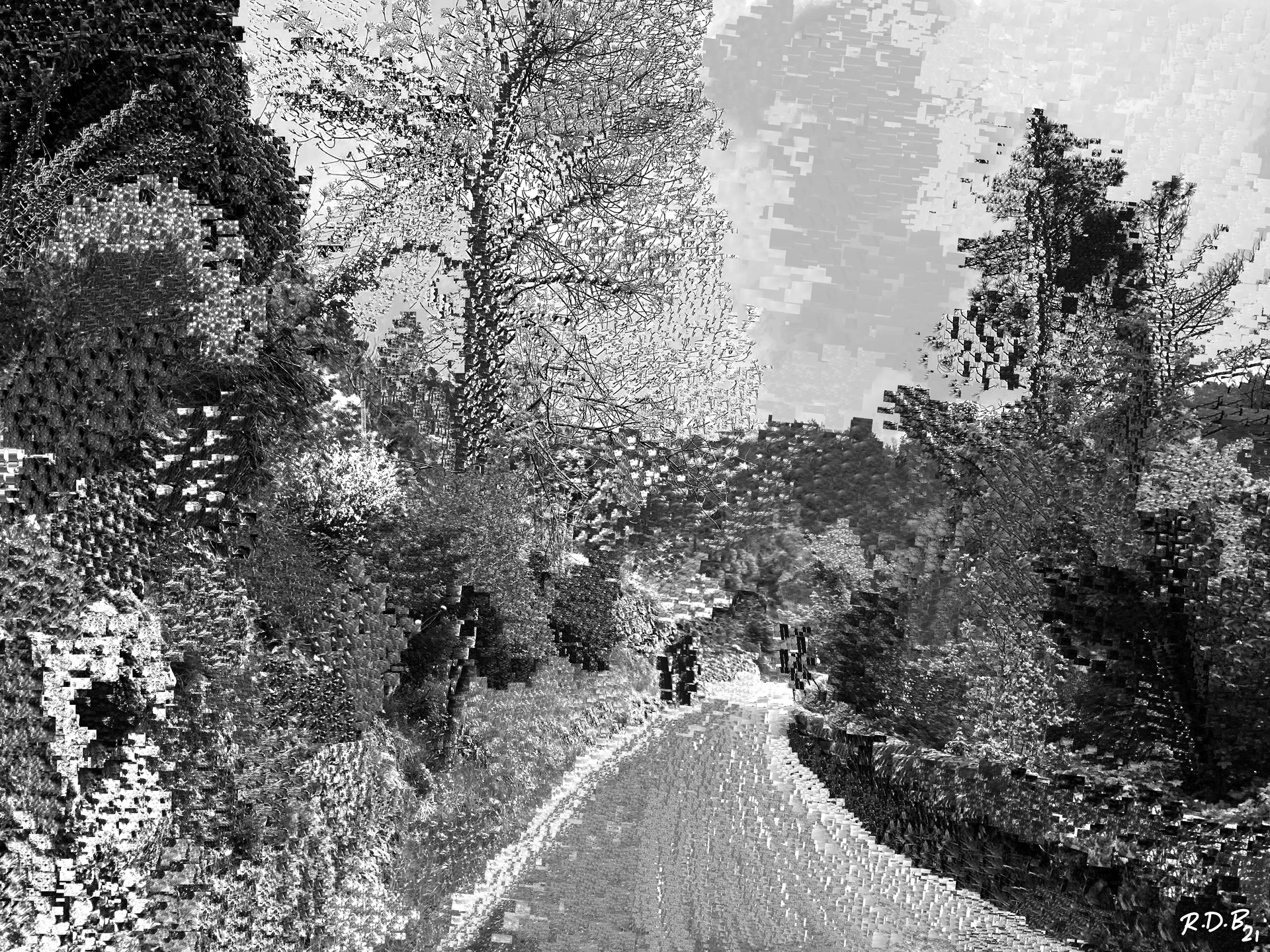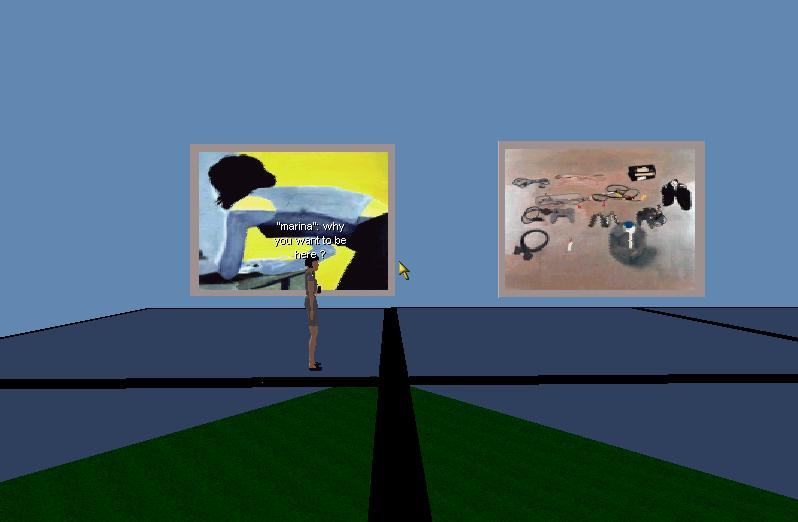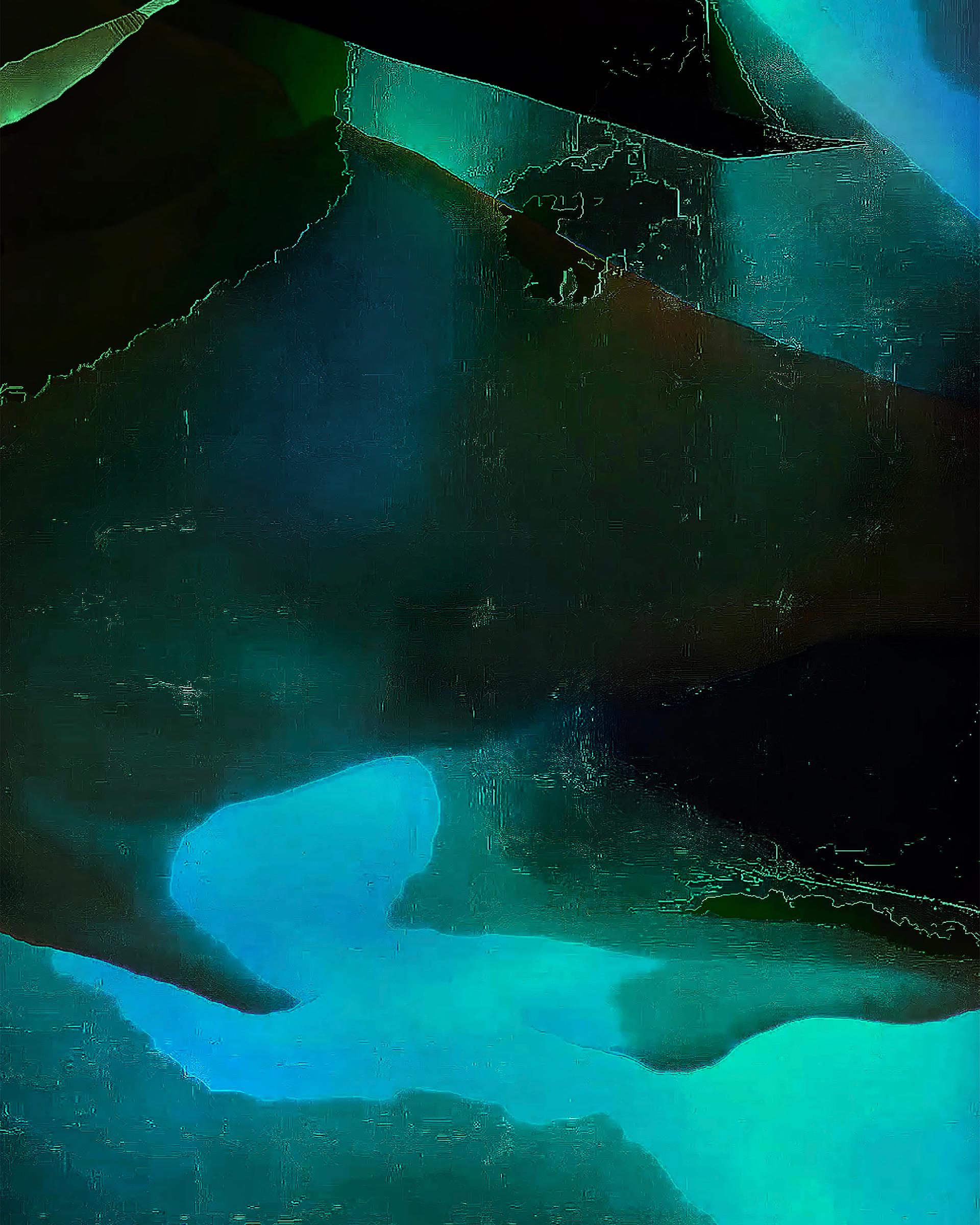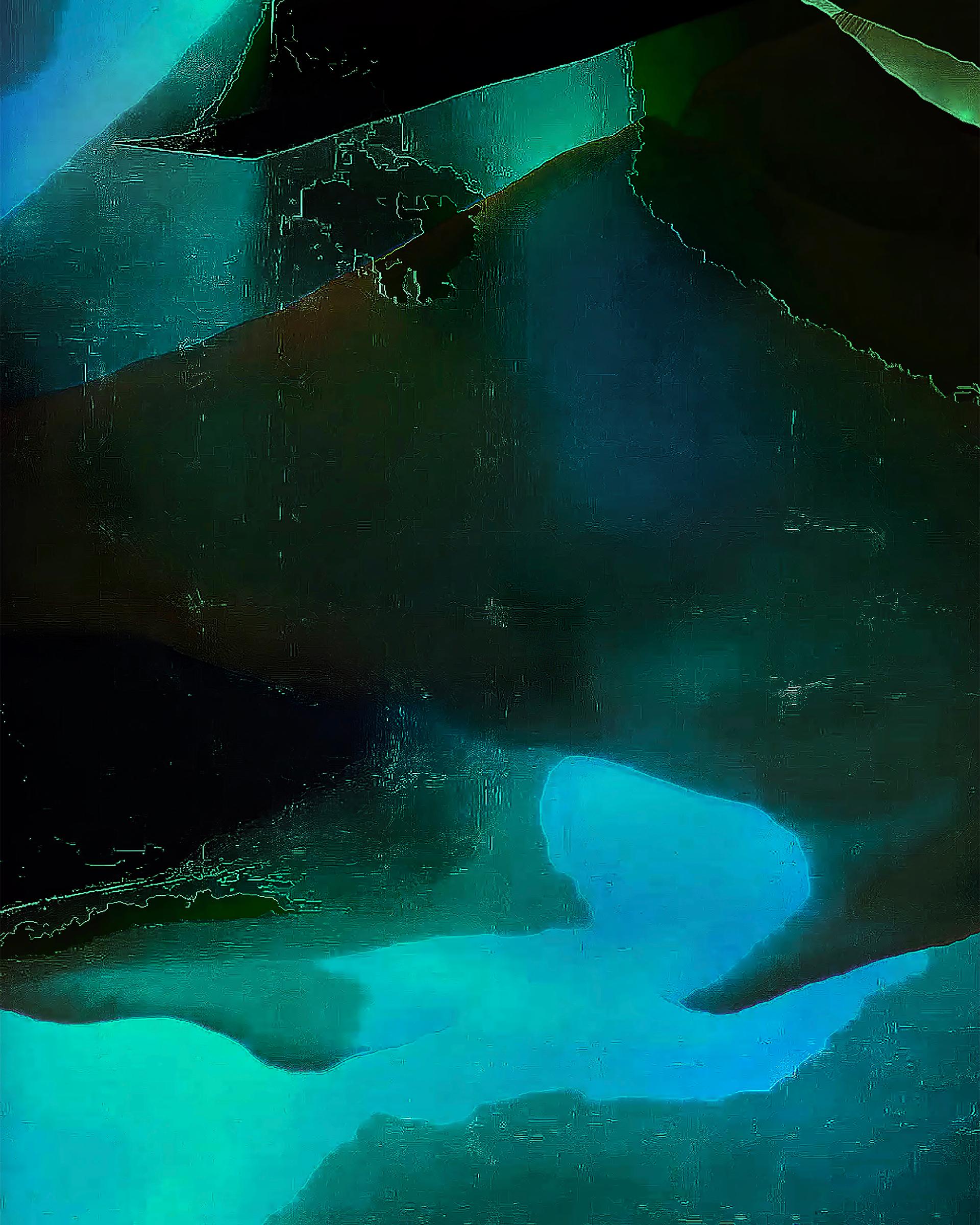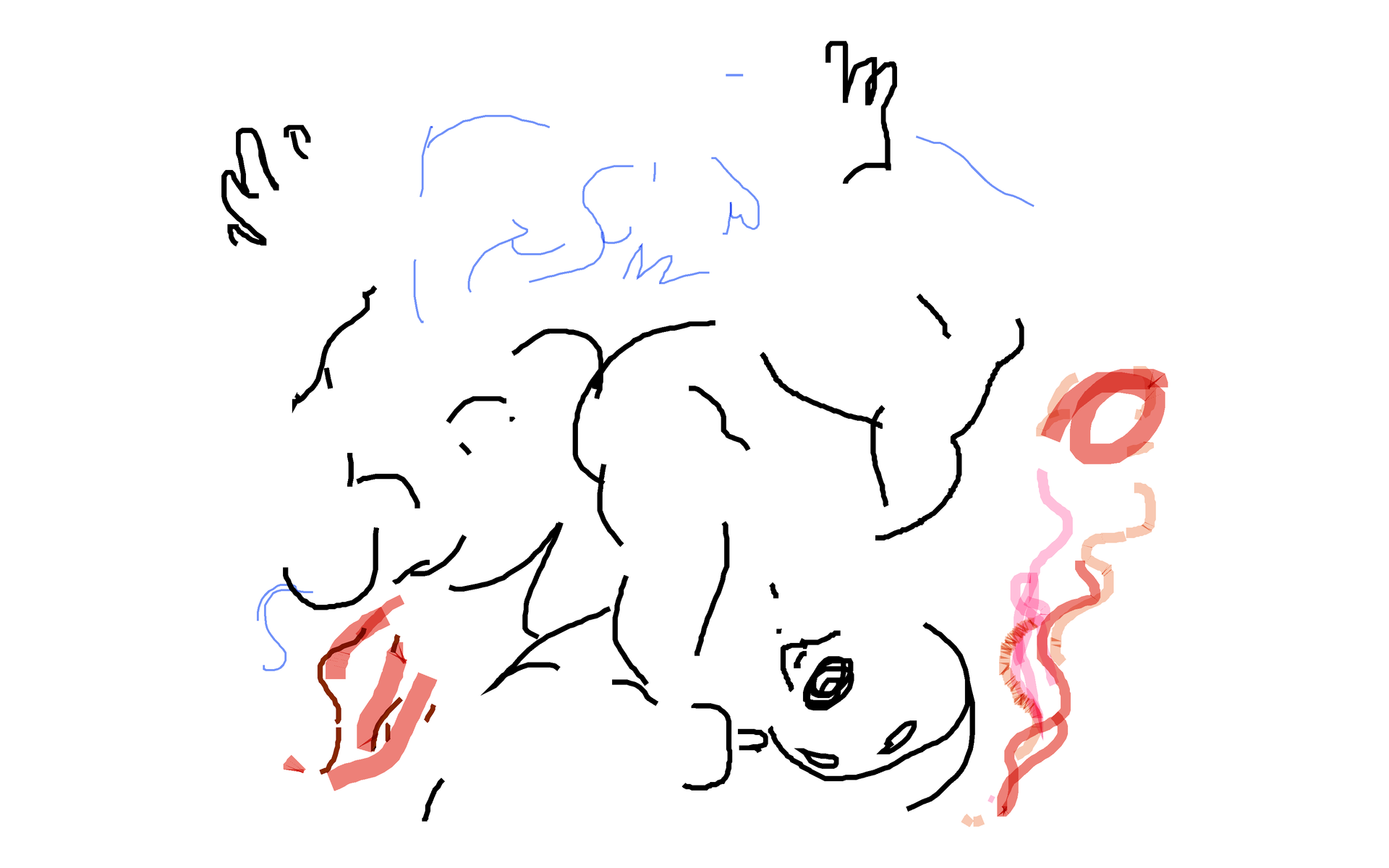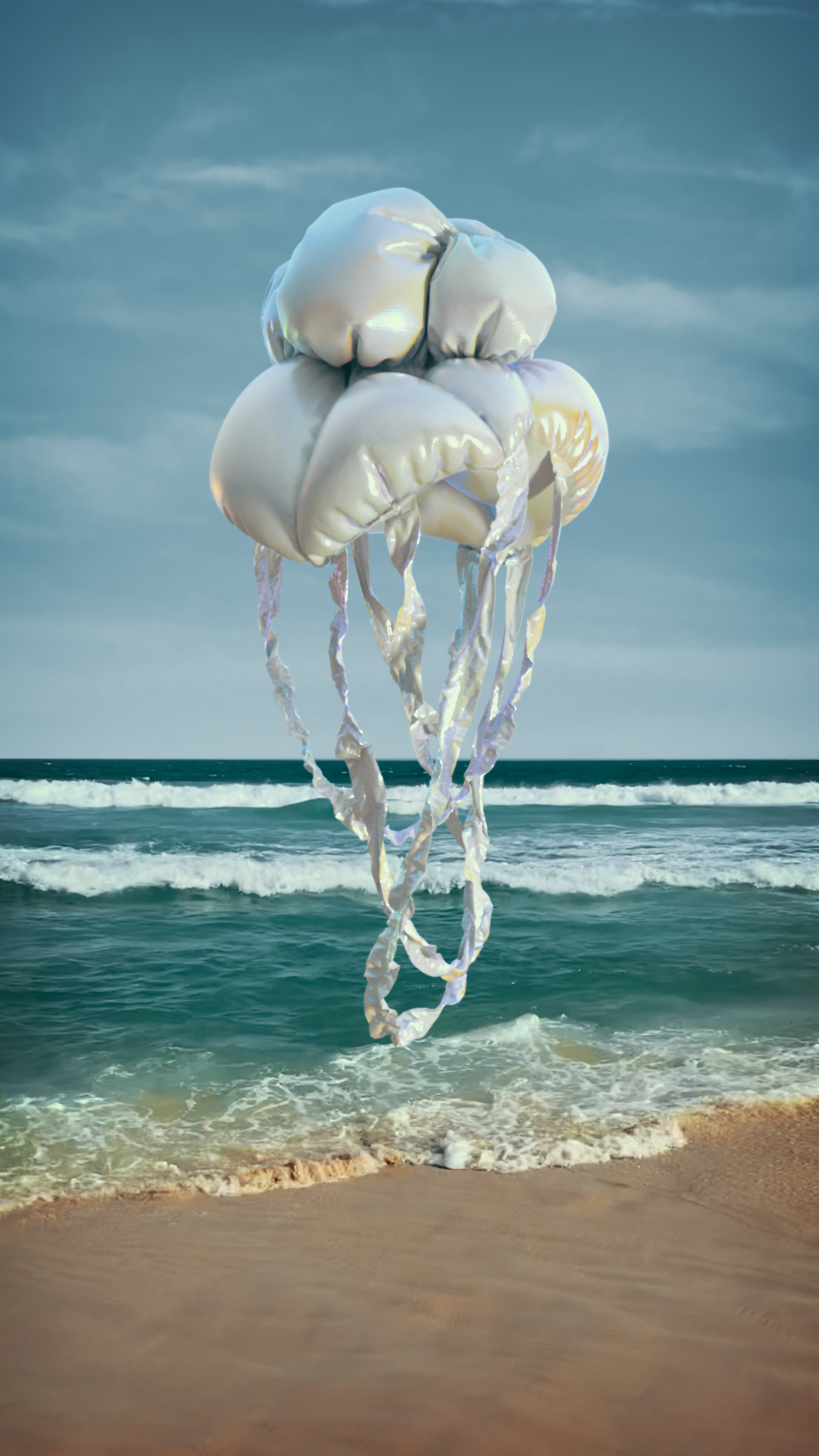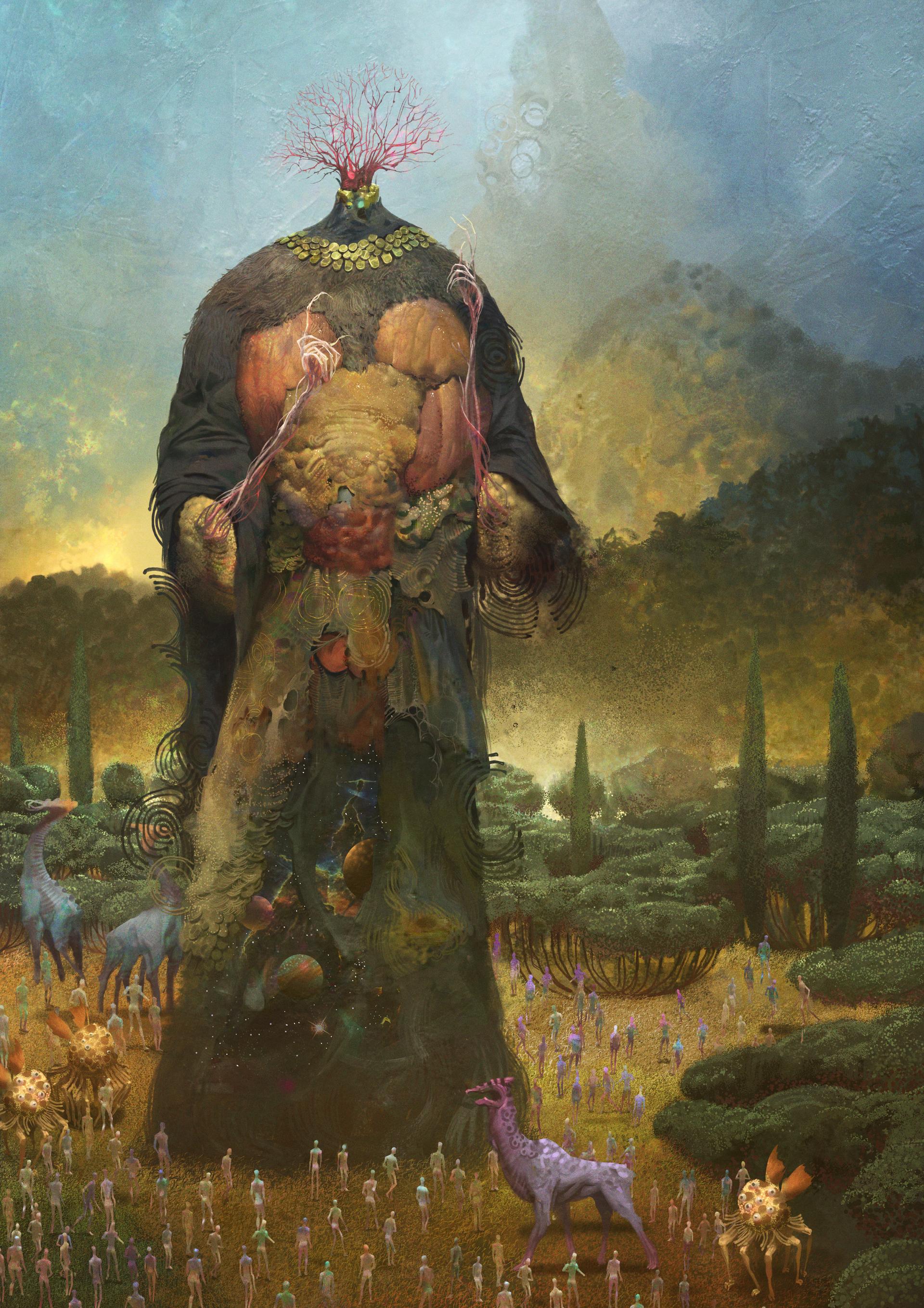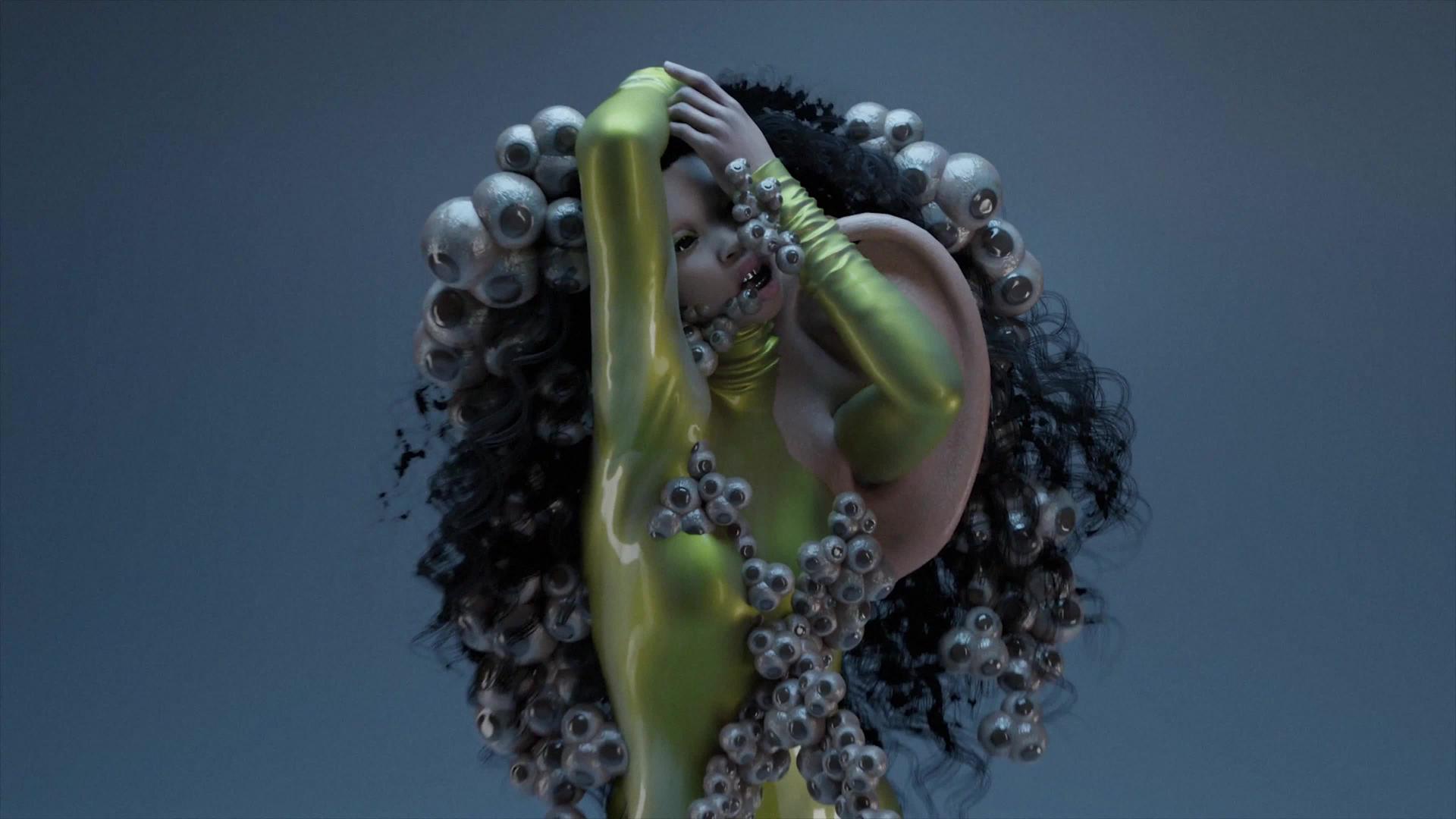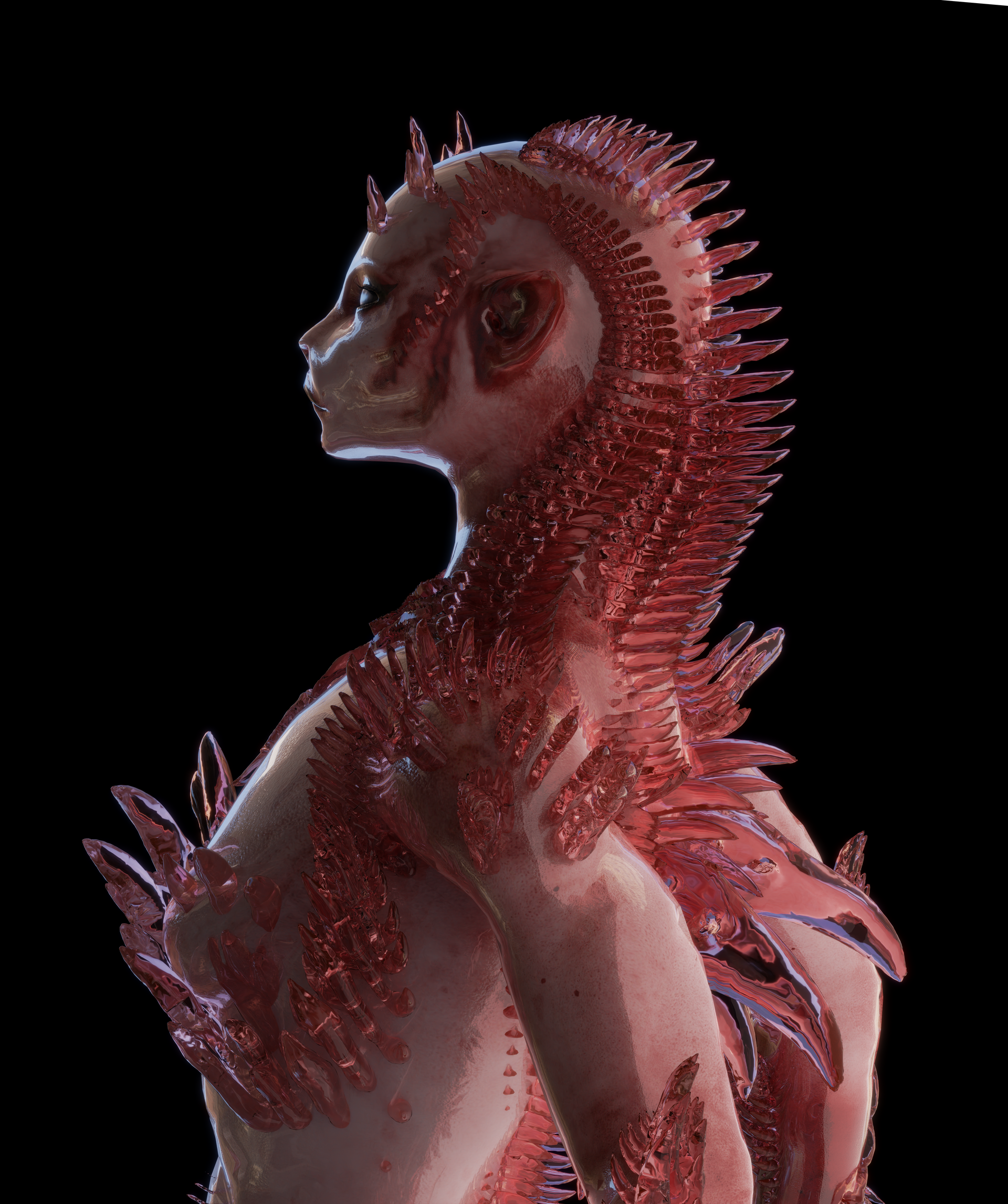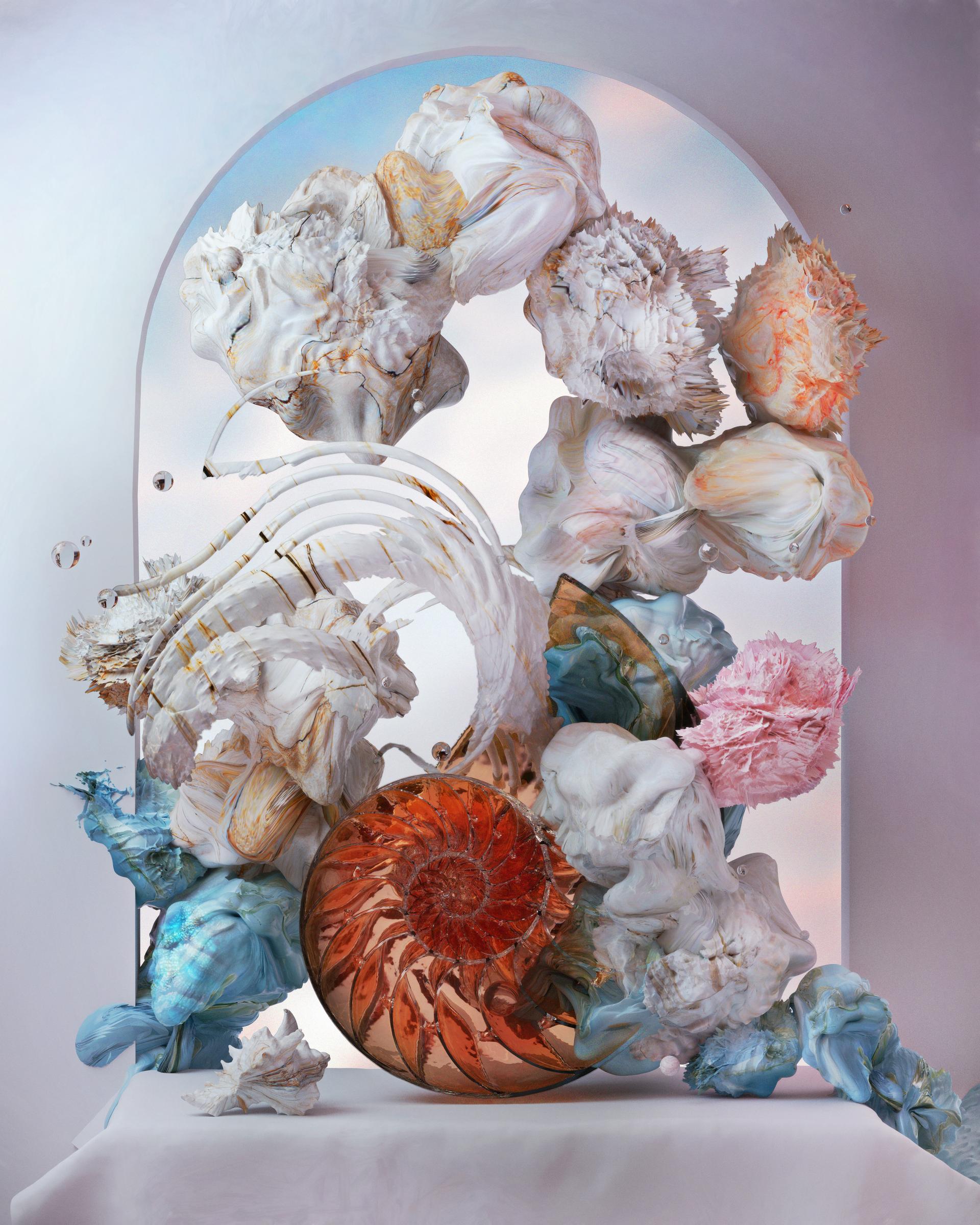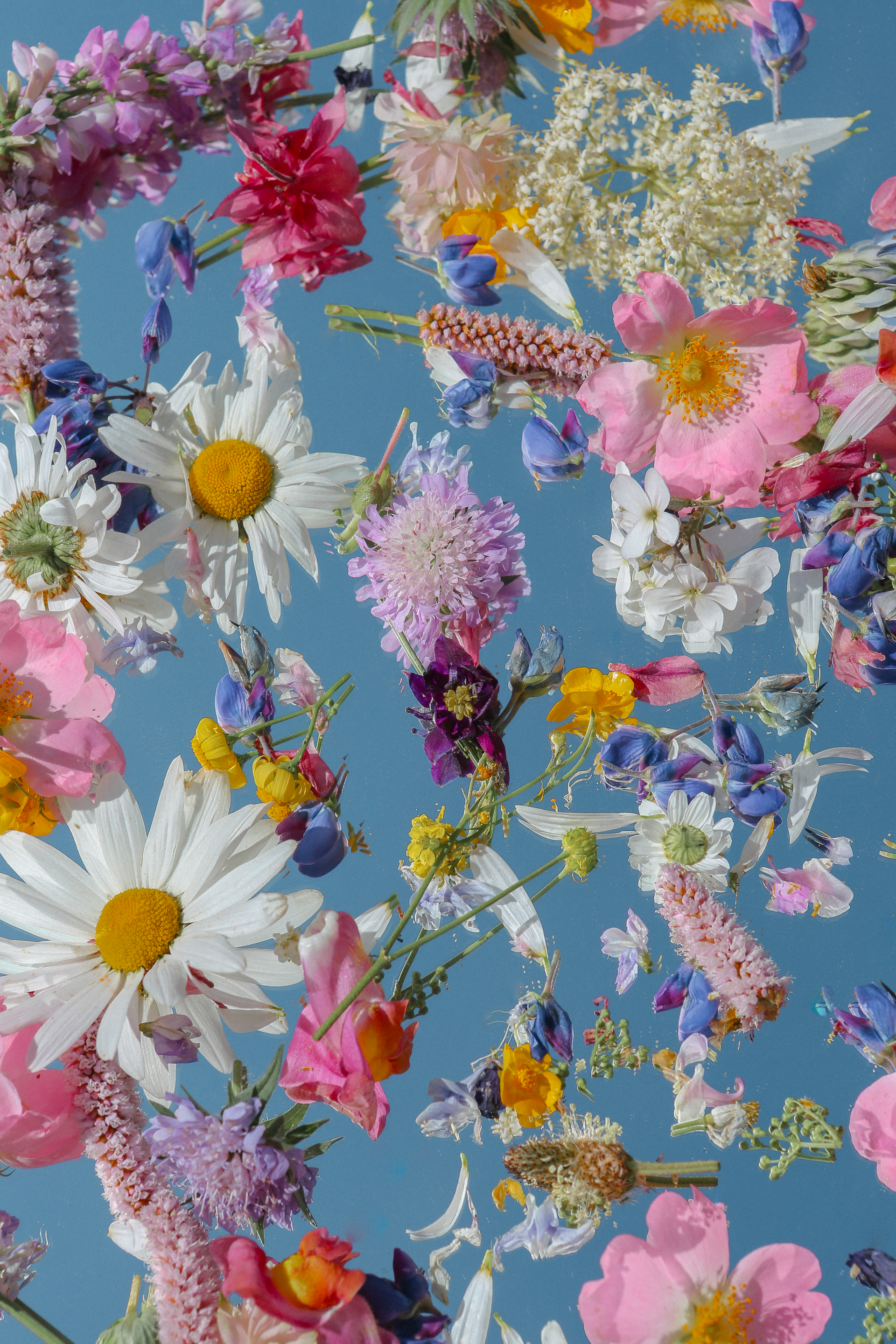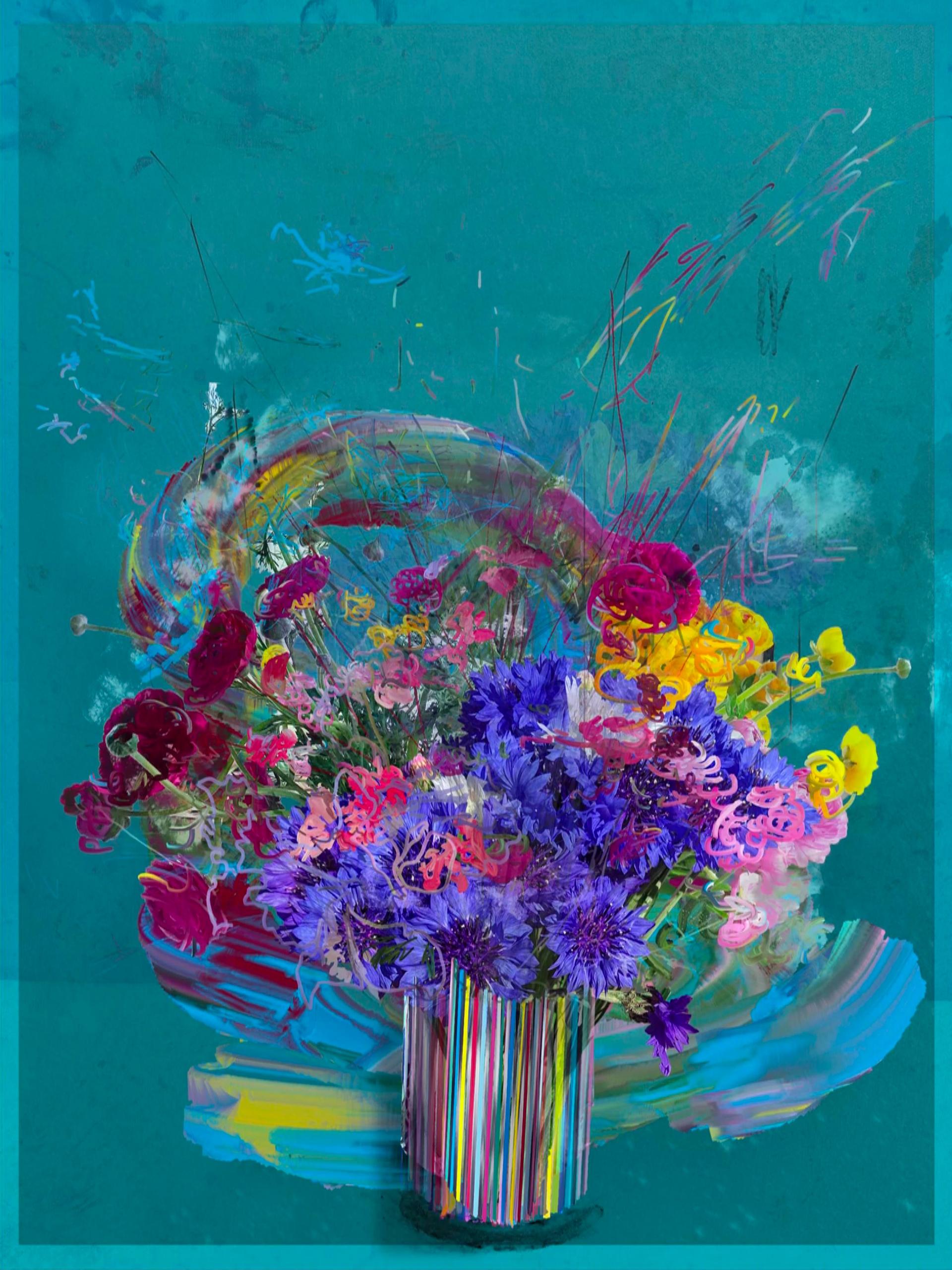GESTURE, sign, signing, motion, motioning, wave, gesticulation. ACTION, act, move. MARK, trace, smudge, fingerprint, impression, imprint, scar, scratch, dent, line, score, cut, incision, gash. SIGNATURE, scribble, squiggle, initials. IMPRESSION, traces, effect, influence.
Each gesture constitutes a process, one might almost say a drama, of its own. The stage on which that drama is played out is the world theater, whose backdrop is the sky. On the other hand the sky is nothing more than a backdrop; studying it on its own terms would mean putting a frame around the piece of painted cloth and hanging it in a gallery. – Walter Benjamin on Franz Kafka (“The Work of Art in the Age of Mechanical Reproduction”)
In a story on the BBC World Service “Graffiti: Why do we do it?,” researcher Rana Jarbou reminded her audience that the uprising in Syria began in 2011 when young boys graffitied an anti-Assad message in their school. The subsequent jailing and mistreatment of them caused a public outcry and resulted in a graffiti standoff between pro- and anti-Assad supporters, spreading and becoming increasingly violent. For the story, graffiti artists were interviewed and many of them stated the importance of making a mark. A mark of assertion of the individual into a public space—the public space being largely transformed into private space as it is dominated by individual wealth in the shape of architecture for the financial sector and/or political and commercial media—the mark stands against the oppression of these structures. The mark is the cut in the surface of the body of infrastructure space.
This selection investigates further the link to mark making as a political gesture in the digital world, an online infrastructure space, while being aware of the history of painting all the way back to the Parietal art known as cave painting.
How is the work of art able, despite being thoroughly ingrained in the flows of infrastructure space, to convey objection and alternative stimulation and critique that is so much needed? Or is the mark just about asserting a personal voice through the jostling madness and competition?
GESTURE, sign, signing, motion, motioning, wave, gesticulation. ACTION, act, move. MARK, trace, smudge, fingerprint, impression, imprint, scar, scratch, dent, line, score, cut, incision, gash. SIGNATURE, scribble, squiggle, initials. IMPRESSION, traces, effect, influence.
Each gesture constitutes a process, one might almost say a drama, of its own. The stage on which that drama is played out is the world theater, whose backdrop is the sky. On the other hand the sky is nothing more than a backdrop; studying it on its own terms would mean putting a frame around the piece of painted cloth and hanging it in a gallery. – Walter Benjamin on Franz Kafka (“The Work of Art in the Age of Mechanical Reproduction”)
In a story on the BBC World Service “Graffiti: Why do we do it?,” researcher Rana Jarbou reminded her audience that the uprising in Syria began in 2011 when young boys graffitied an anti-Assad message in their school. The subsequent jailing and mistreatment of them caused a public outcry and resulted in a graffiti standoff between pro- and anti-Assad supporters, spreading and becoming increasingly violent. For the story, graffiti artists were interviewed and many of them stated the importance of making a mark. A mark of assertion of the individual into a public space—the public space being largely transformed into private space as it is dominated by individual wealth in the shape of architecture for the financial sector and/or political and commercial media—the mark stands against the oppression of these structures. The mark is the cut in the surface of the body of infrastructure space.
This selection investigates further the link to mark making as a political gesture in the digital world, an online infrastructure space, while being aware of the history of painting all the way back to the Parietal art known as cave painting.
How is the work of art able, despite being thoroughly ingrained in the flows of infrastructure space, to convey objection and alternative stimulation and critique that is so much needed? Or is the mark just about asserting a personal voice through the jostling madness and competition?
